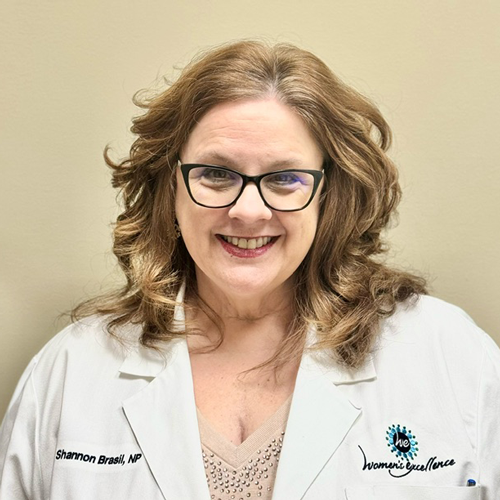Researchers analyzed iron deficiency (ID) and iron deficiency anemia (IDA)–common health issues affecting two billion people worldwide, particularly prevalent among women of reproductive age. Traditional treatment has relied on oral iron supplementation, which often yields less-than-ideal results, and there is a growing concern about the number of babies born with ID due to inadequate maternal iron levels. The wide prevalence of anemia among women varies regionally, from around 20% in the United States and Western Europe to much higher rates in parts of Africa and Asia. The key to addressing ID and IDA, researchers note, lies in understanding their interconnections and root causes, which often involve a combination of physiological demands, socioeconomic factors, and healthcare access issues. With the current treatments being insufficient for many, there is a growing need for more effective strategies, including the possibility of scaling up parenteral iron supplementation as a new standard of care.
Reference: Bellad MB, Patted A, Derman RJ. Is It Time to Alter the Standard of Care for Iron Deficiency/Iron Deficiency Anemia in Reproductive-Age Women? Biomedicines. 2024 Jan 25;12(2):278. doi: 10.3390/biomedicines12020278. PMID: 38397880; PMCID: PMC10886917.



